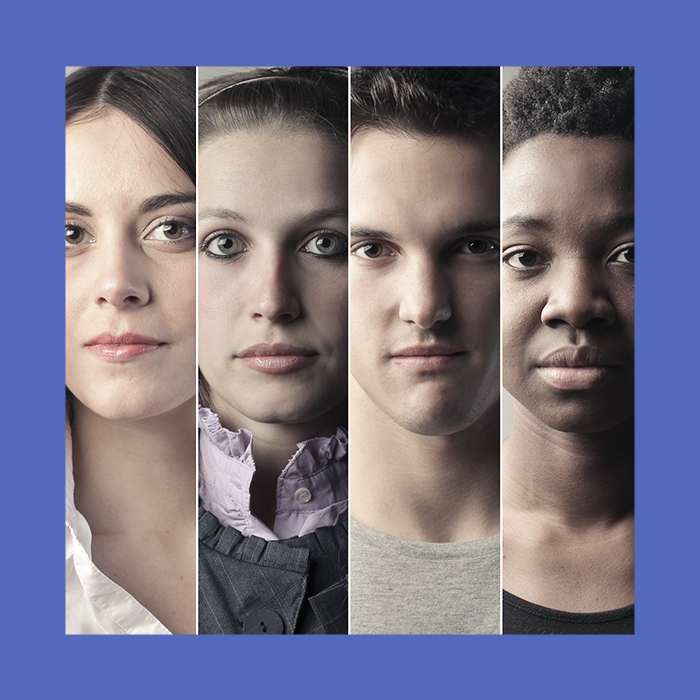No such thing as a ‘perfect victim’
Written by Rae Zarate
When trying to comprehend the world around us, we depend on categorization and labels. It makes the overwhelming amount of information we take in every day more manageable. But when we start to categorize and label people, we risk losing sight of their humanity.
That’s how we end up with the confusing and harmful idea of a “perfect victim.” It’s an idea that we have to get past in order to support the people who experience sex trafficking.
The familiar narrative
In the mainstream narrative of trafficking, the archetype of a “perfect victim” is someone who was taken against their will and forced into trafficking until their eventual rescue and recovery.
The story begins when law enforcement busts down the door to a dingy motel room and rescues the girl (it’s always a girl) who is being held against her will. She was complacent in her own trafficking. She has never recruited other girls to be trafficked and she most certainly has not participated in any illegal activities.
She was simply snatched off the street and transported into a life of crime. After being saved, she is able to recount her entire experience with great candor and she cooperates fully throughout the investigation. Her demure disposition earns her empathy and services, and she is grateful for being rescued. She goes on to recover from her lived terror in a linear and timely manner.
The reality
The perfect victim is just that: a myth. And even still, the myth is what prevails. How we identify and interact with victims of sex trafficking needs to extend beyond this stereotype – holding onto this narrative will only prevent us from helping those who need care and support and inhibit us from identifying them.
Victims of human trafficking, like all humans, are not perfect. They are on an imperfect journey of escaping trafficking. The process is not easily mapped out. It has challenges and relapses that are unpredictable and recurring. Often victims cycle in and out of victimizations and services.
Victims first have to physically escape from their trafficker and the life they had with them, a feat that can be deadly to even attempt. Worse yet, without a trafficker, they have no housing and no means to pay for food or clothing. Often, when they do manage to escape, they only have the clothes on their back.
They have to balance the struggle of meeting their basic needs and breaking the trauma bonds instilled by their traffickers. They must relearn – or learn for the first time – about boundaries, independence, and how to advocate for themselves.
Survivors have to build their support system, as most of their relationships, be it to loved ones or resources, have been sabotaged by their trafficker as a means of control. These methods of control foster the perfect environment to exacerbate or trigger complex behavioral and mental patterns that make victims easily dismissed and labeled as “difficult.”
Abusers use their understanding of stereotypes to trap their victims into such categories deepening their control. If our aim is to end sex trafficking we must first break out of the belief that only “perfect victims” are deserving of assistance.
We have to move away from the concept of a “perfect survivor” as a whole and instead walk alongside all survivors with empathy and a willingness to understand. When we begin to deconstruct the labels that society has placed on victims of trafficking, we can see the survivor as a person in all their imperfections and individualities. We see them for what they really are: human.
About SAFE CARES
SAFE CARES provides a comprehensive response for survivors of sexual exploitation by creating opportunities to be, and feel, safe and connected. We offer a drop-in center where survivors can access trauma-informed, individualized case management and therapeutic services to meet their safety needs and connect with other survivors. In addition, our advocacy response includes a team of survivor-centered advocates who provide crisis response and relational support for survivors in the community to help them feel safe and connected.